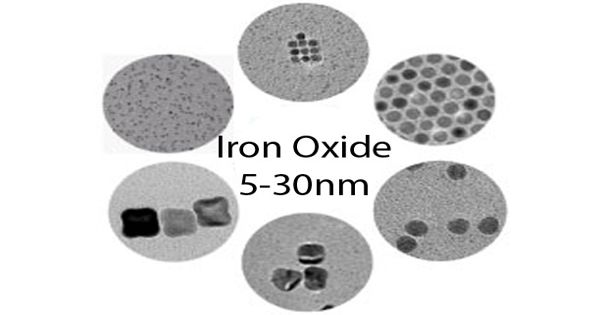Cornell University’s School of Applied and Engineering Physics and Samsung’s Advanced Institute of Technology have developed a first-of-its-kind metalens—a metamaterial lens—that can be focused using voltage rather than mechanically moving its components.
Researchers developed an ultrathin lens that uses liquid crystals and adjustable voltage to enable continuous zoom and refocusing without the use of mechanical parts. According to the researchers, the lens is a viable alternative to traditional bulky mechanical systems and could be used in situations where space and weight are limited.
The proof of concept paves the way for a variety of compact varifocal lenses to be used in a variety of imaging applications such as satellites, telescopes, and microscopes, which have traditionally focused light using curved lenses that adjust mechanically. Moving traditional glass or plastic lenses to vary the focal distance is simply not practical in some applications due to space, weight, or size constraints.
Researchers have created a first-of-its-kind metalens—a metamaterial lens—that can be focused using voltage instead of mechanically moving its components. The team says that the lens offers an alternative to traditional bulky mechanical systems and could be implemented wherever space and weight are limited.
Metalenses are thin, flat arrays of nano-antennas or resonators that act as focusing devices. However, once a metalens was created, it was difficult to change its focal length, according to Melissa Bosch, a doctoral student and first author of a paper detailing the research published in the American Chemical Society’s journal Nano Letters.
The innovation, developed through a collaboration between Samsung and Cornell researchers, involved combining metalens with the well-established technology of liquid crystals in order to tailor the metalens’ local phase response. The researchers were able to control the focus of the metalens by varying the voltage applied across the device.
“This combination worked out exactly as we hoped and predicted,” said Bosch, who works in the lab of Gennady Shvets, a professor of applied and engineering physics and the paper’s senior author. “As a result, an ultrathin, electrically tunable lens capable of continuous zoom and up to 20% total focal length shift was created.”

The new device is part of a growing class of metalenses, which are metasurface-based lenses less than a micron thick. Previously, these engineered surfaces allowed for unique optical properties in designs ranging from flat optics to polarizers to holograms, but previous metalenses had fixed focal lengths. The design in the recently published work combines liquid-crystal arrays with metalenses to create a system with multiple focal points.
According to Bosch, Samsung researchers hope to develop the technology for use in augmented reality glasses. She sees many other potential applications, including replacing optical lenses on satellites, spacecraft, drones, night-vision goggles, endoscopes, and other applications where saving space and weight is a priority.
According to Maxim Shcherbakov, a postdoctoral associate in the Shvets lab and the paper’s corresponding author, researchers have made progress in marrying liquid crystals to nanostructures for the past decade, but no one had applied this idea to lenses. The group now intends to carry on with the project and improve the prototype’s capabilities.
“For instance,” Shcherbakov said, “this lens works at a single wavelength, red, but it will be much more useful when it can work across the color spectrum—red, green, blue.”
Using the existing platform as a starting point, the Cornell research team is now developing a multiwavelength varifocal version of the metalens. “The procedure for optimizing other wavelengths is very similar to that for red. In some ways, the most difficult step has already been completed, so it is simply a matter of building on what has already been accomplished “Bosch stated.
This research was supported in part by the Samsung Advanced Institute of Technology’s Global Research Outreach program and, in part, by the Cornell Center for Materials Research, with funding from the National Science Foundation and the United States Office of Naval Research.
















